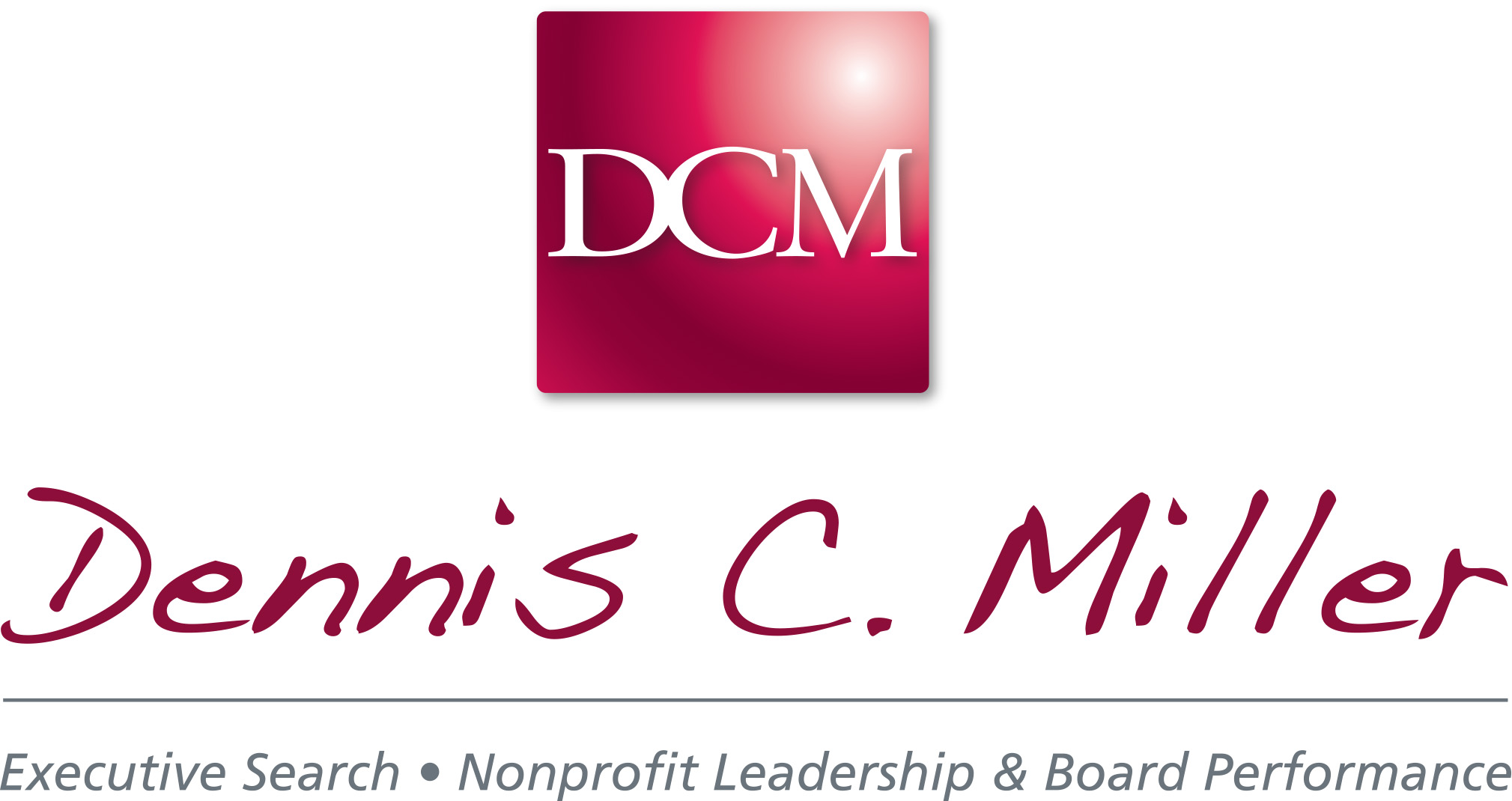The Nonprofit Board Dilemma: How to Recruit the Members You Need, Not Just Nominate Those You Know
Share this pageby Dennis C. Miller, Dennis C. Miller Associates, Inc.
Every nonprofit organization needs to recruit new members to serve on their board. New board members are the life blood of any nonprofit organization. They hopefully bring good ideas and a fresh perspective to the challenges and opportunities you need to address. The question is what is the most effective way of identifying the type of board members you need the most.
Most boards recruit members by asking people they know if they would like to serve on their board. There is nothing wrong with this process. However, it usually limits you to only individuals your board members know, not those who you may really need.
The following are my six steps to transition from nominating those you know to recruiting those you need.
Step 1: Develop an Ideal Board Matrix to describe the personal characteristics and attributes of the “ideal board” for your organization.
These personal characteristics may include, but not be limited to the following:
- Inspirational leadership
- Access to influence and wealth
- Recognized brand identity
- Racial and gender diversity
- Change agent
- Innovative/strategic thinking
- Decision making ability
- Experience in fostering collaboration
- Technological expertise
- Passion for your organization’s mission
Remember that personal characteristics or attributes are not skills like CPA, M.D., lawyer, professor, social worker, etc. The skills you need will come later.
Step 2: Identify the Current Board Matrix, consisting of the personal characteristics and attributes of the current board.
Step 3: Based on the Ideal Board Matrix created in Step 1 and the Current Board Matrix created in Step 2, identify the gap or difference between them.
What key characteristics or attributes are lacking in your current board? Which ones are priorities for the organization?
Step 4: Based on your identification of the most desired and missing personal characteristics and attributes, engage your current board and stakeholders in identifying individuals who possess such characteristics or attributes.
At this stage, you are attempting to identify individuals; you are not yet making any formal nominations.
During this stage, you should be contacting key business, community and civic leaders inquiring with them who they think might be a good board member who meets your competency priorities. For example, if being a strategic thinker was a missing competency on your board, you can begin by asking them “who do you consider to be a good strategic thinker in our community”? We are trying to identify people with certain competencies to join our board.
A good resource for identifying potential new board members can be the local, regional or statewide business associations and chambers of commerce that you or your fellow board members may belong to. Best to contact their respective CEO and ask for their opinion and suggest a few possible names for you to speak to.
Step 5: After you rank the potential candidates according to your specific characteristic needs, such as diversity (race, gender, geography), change agent, etc., then and only then you should begin to rank them on your need for specific skills, like CPA, lawyer, corporate educator, etc.
For example, if being a strategic thinker was a personal characteristics that was a high priority on the board and you identified two key candidates that matched that competencies, but one was a CPA and another a business executive, then you can decide which skill might be more beneficial to recommend the candidate to the board. But to just recruit someone who has a specific business skill without identifying your key gaps of personal characteristics, your board may need achieve the level of high performance your organization demands.
Step 6: Invite highly ranked candidates for an interview with select board members to discuss their potential interest in serving on the board.
Nominating individuals that current board members know is appropriate and encouraged. However, the ideal board consists of individuals who are recruited based on agreed upon criteria of personal characteristics or attributes and then professional skills.
Once you begin to recruit board members that you need based on ideal characteristics first, and skills second, you will be on your way to becoming a high performing nonprofit board. The ultimate beneficiaries will be those you serve.
Dennis C. Miller is the president of Dennis C. Miller Associates, Inc., nationally recognized experts in nonprofit leadership executive search and board and nonprofit leadership performance coaching. Dennis C. Miller Associates is an ANCOR Gold Partner. Dennis is a successful author, retreat facilitator and sought-after keynote speaker. Learn more about his online board and nonprofit leadership courses at denniscmiller.com.

